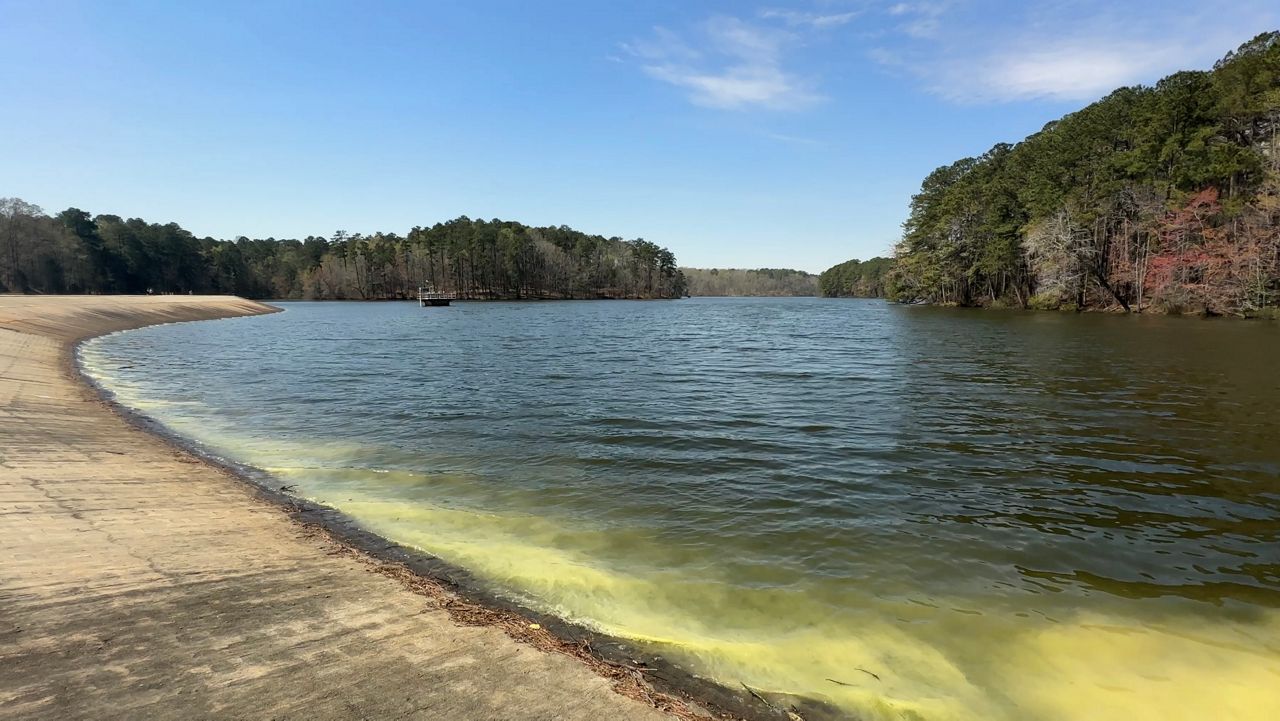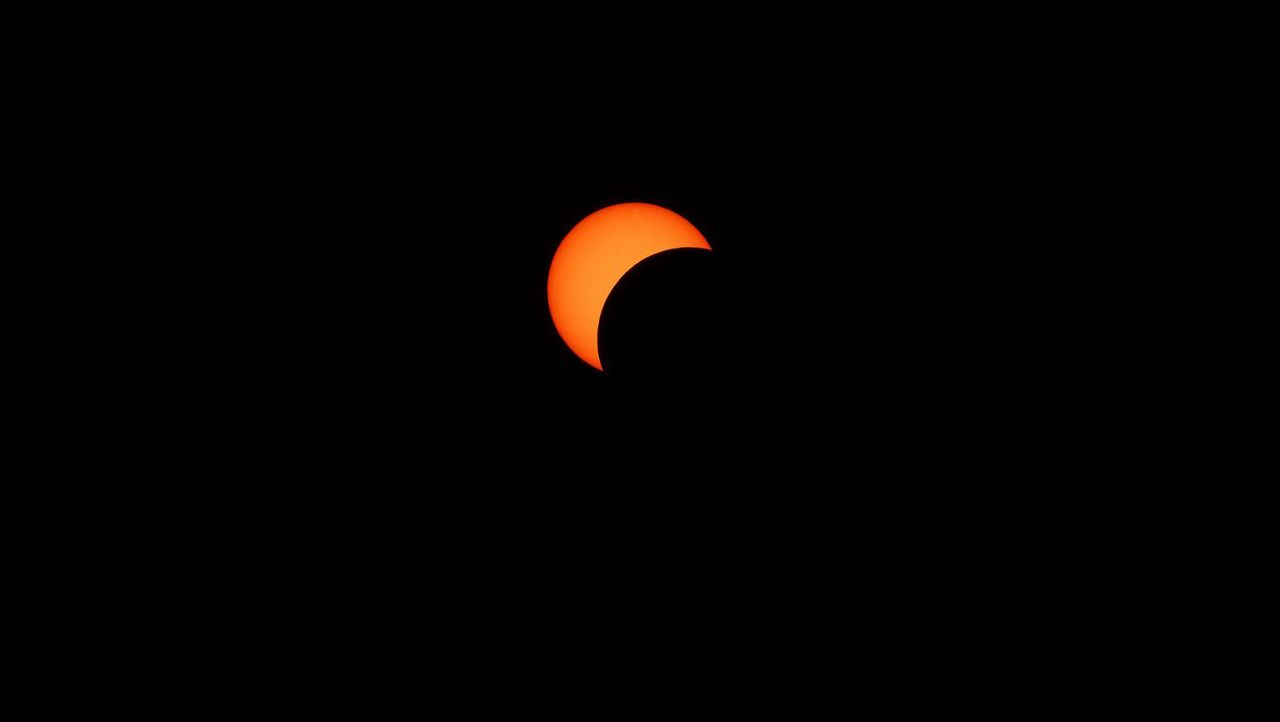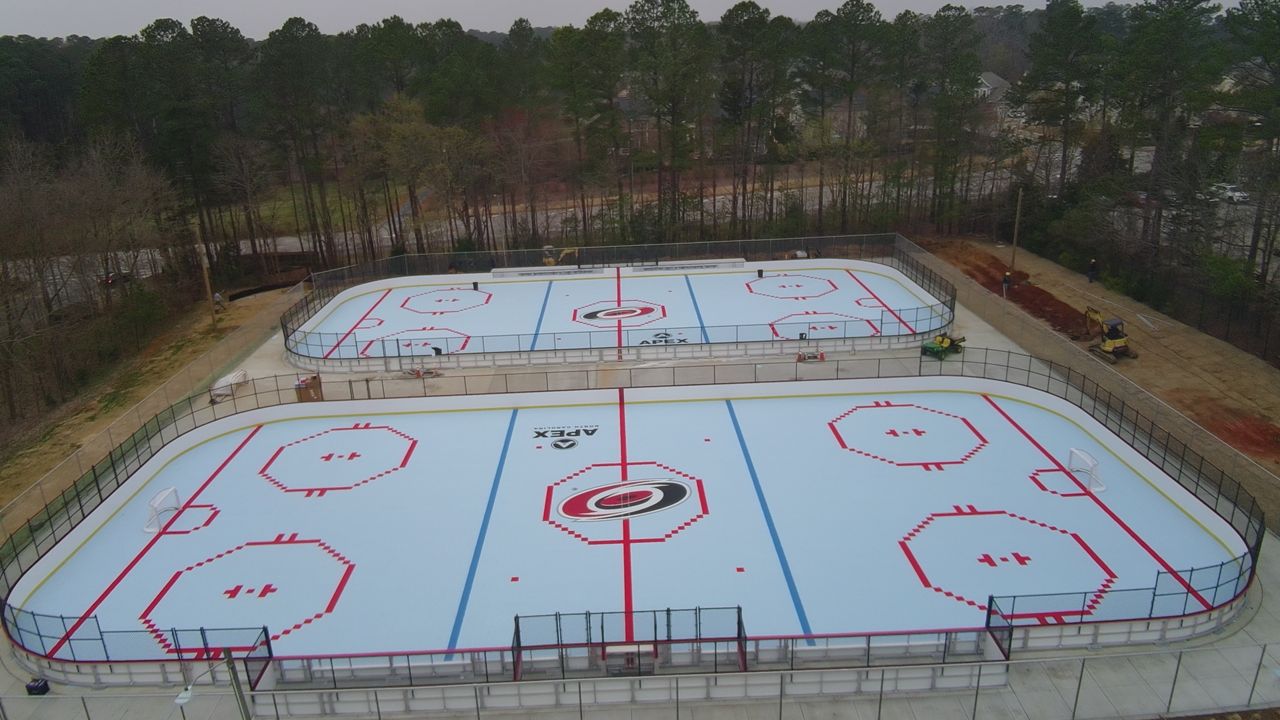RALEIGH, N.C. – This year brought the world one step closer to the future of clean energy through a milestone achievement in nuclear fusion research.
According to a December release from the Lawrence Livermore National Laboratory in California, its National Ignition Facility successfully generated more energy through fusion reactions than it put into the target for the first time.
Steven Shannon, an N.C. State professor and director of graduate programs in the Department of Nuclear Engineering, said this is an achievement that is many years in the making.
“The idea that they got more out than they put in at the pellet level is a huge advance and a long time coming. Fusion has been a holy grail now for what, 70 years? People have been promising fusion as a future energy source for generations,” Shannon said.
He explained that fusion happens when two light atoms fuse to form a heavier one, which produces energy. Our sun is powered by fusion, and researchers are trying to harness the process as a clean energy source.
It’s not making weapons anymore, it’s making electricity, it’s making carbon-free electricity, it’s… clean energy“The applications that benefit mankind more, they’re the ones that are kind of winning out right now. It’s not making weapons anymore, it’s making electricity, it’s making carbon-free electricity, it’s… clean energy,” Shannon said.
He cautioned that it is expected to take decades to reach that goal. Shannon and his colleagues said that reaction needs to be scaled up from happening once to happening multiple times per second.
“It’s not a science project anymore. Now, it’s like solving practical problems to get it to work and get the repetition and the repeatability,” Shannon said.
Shannon said the next steps will include reproducing the NIF’s results and providing a roadmap for future work, pursuing other fusion experiments and continuing private support for fusion research.










